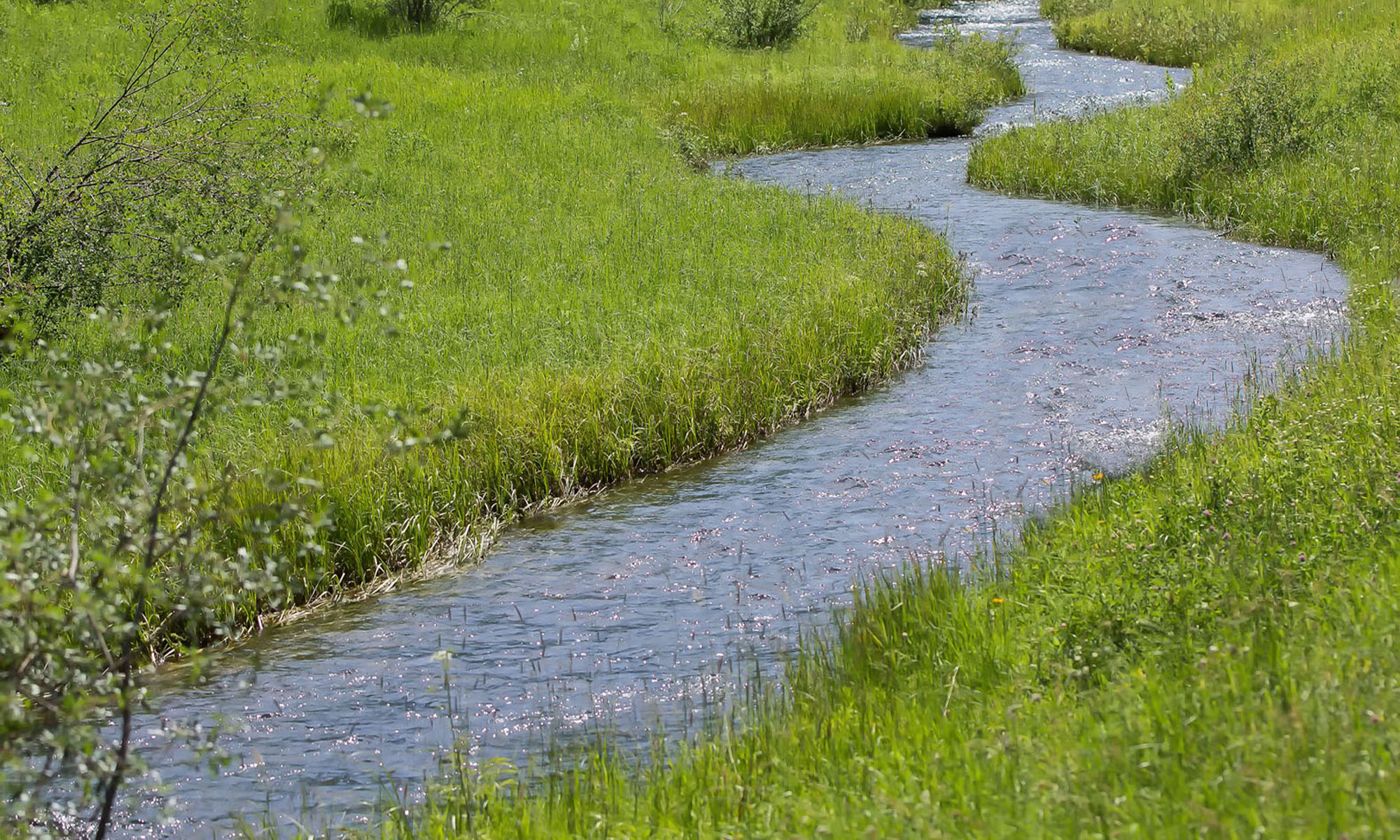Maintenance support for rain garden issues
- Problem: Too busy or overgrown
Solution: Trim and prune the trees and shrubs or learn to love it as a privacy barrier and source of habitat. - Problem: Wetter conditions than anticipated so plants don’t grow
Solution: Re-plant with more wet-footed plants like ferns, sedges, and rushes. If surface ponding persists for more than a day, you should construct a surface overflow so the rain garden can drain faster. - Problem: Standing water or really soggy soils present several days after a storm
Solution: Dig a test hole with your post hole digger to see if soils are saturated all the way to the bottom of the rain garden. If so install a perforated underdrain on the bottom and daylight the pipe so it drains better. - Problem: Plants die – drier conditions than anticipated
Solution: First, check rain gutters and downspout to make sure water is getting to the rain garden. Re-plant with more dry-footed plant species. - Problem: Mulch shifts or floats away after a big storm
Solution: Simply rake the mulch back to the original depth of 2 inches. Place more river-stone near the inlet to reduce flow velocity into the rain garden. - Problem: Sediment caking or erosion within the rain garden (usually near the inflow)
Solution: Rake or shovel out the surface sediment layer and dispose of in a planning bed. Back-fill any gullies with top soil, re-mulch and provide some stone protection near the downspout to reduce flows. - Problem: Deer and wildlife eating your rain garden plants
Solution: Buy deer repellant or install guard flamingos. - Problem: Overflow channel is plugged or obstructed
Solution: Clean out the sediment, debris and mulch that are blocking the overflow channel.
